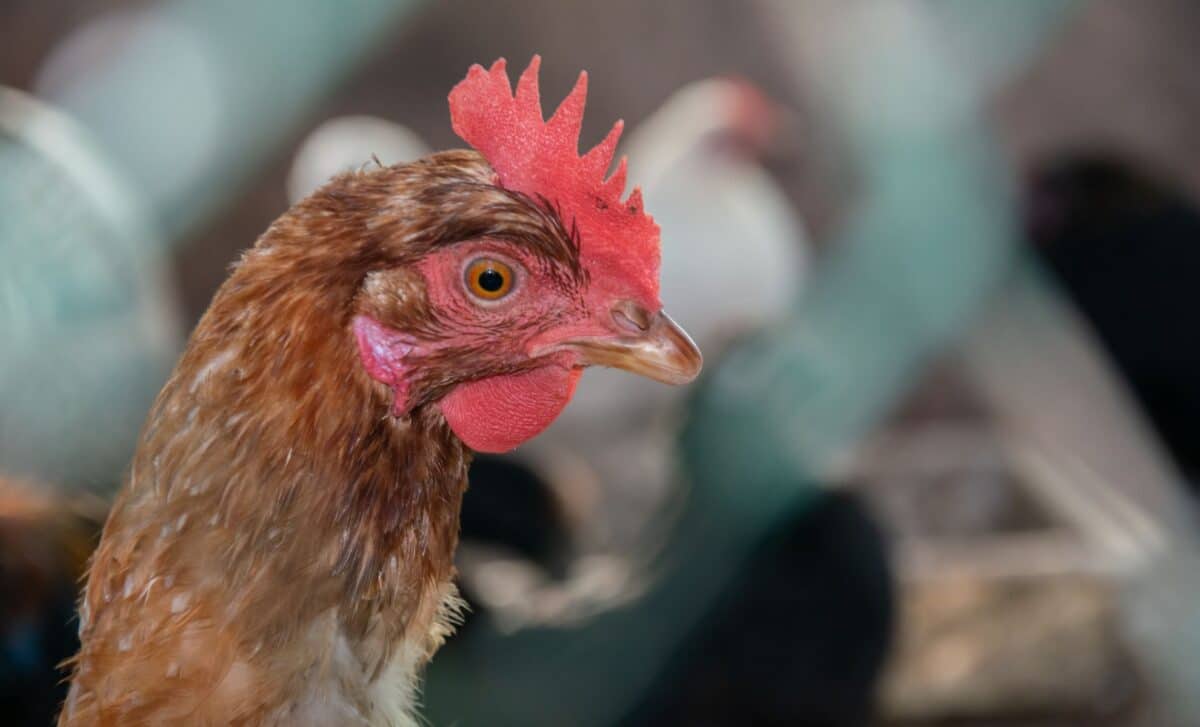The bird flu virus (H5N1) is raising alarms among experts as it spreads rapidly across the globe, prompting concerns that it could evolve into the next pandemic. With human cases reported in all 50 states of the US and a high fatality rate in certain regions, health officials are closely monitoring the situation.
While the Centers for Disease Control and Prevention (CDC) currently rates the risk to the public as low, experts warn that the virus could change rapidly and pose a more significant threat if it mutates.
As the world contends with the ongoing risks of infectious diseases, the potential for H5N1 to jump from birds to humans, and then to spread from person to person, is a pressing concern.
Dr. Robert Murphy, an infectious diseases expert at Northwestern University, cautions that H5N1 could very well be the next pandemic if it continues to mutate. With cases mounting, the world must be prepared for the possibility of a global outbreak.
Current Status of H5N1 in the US
In the US, 70 human cases of H5N1 have been reported, along with one fatality as of early May. These cases have been linked to direct contact with infected birds, with the virus currently not being transmitted between humans.
According to the CDC, the risk to the general population remains low at this stage. However, the virus’s propensity for frequent mutations has raised significant concerns among public health experts.
Dr. Murphy, who serves as the executive director of the Havey Institute for Global Health, stated, “If the mutations continue and change the virus so that it could transmit easier human-to-human, we’re in trouble.”
While the virus has not yet shown signs of widespread human-to-human transmission, its high mutation rate makes it unpredictable and potentially more dangerous if conditions change. The CDC and other health agencies are closely monitoring the virus, with public health officials stressing the importance of vigilance and preparedness.
The Global Impact and Preparedness Efforts
While the US has seen a relatively low number of human cases, the situation in Asia paints a more concerning picture. Countries like Vietnam, China, and Cambodia have experienced fatality rates as high as 54% among infected individuals.
The World Health Organization (WHO) continues to track these developments, calling for enhanced surveillance and international collaboration. Dr. Murphy emphasized that the lessons learned from the Covid-19 pandemic have improved global preparedness, particularly with the stockpiling of avian flu vaccines.
The Biomedical Advanced Research and Development Authority (BARDA) in the US, along with similar agencies globally, has been stockpiling millions of doses of vaccines, just in case H5N1 evolves into a pandemic strain.
While H5N1 vaccines are not yet available for widespread use, this proactive strategy aims to mitigate the risks associated with a potential outbreak.









